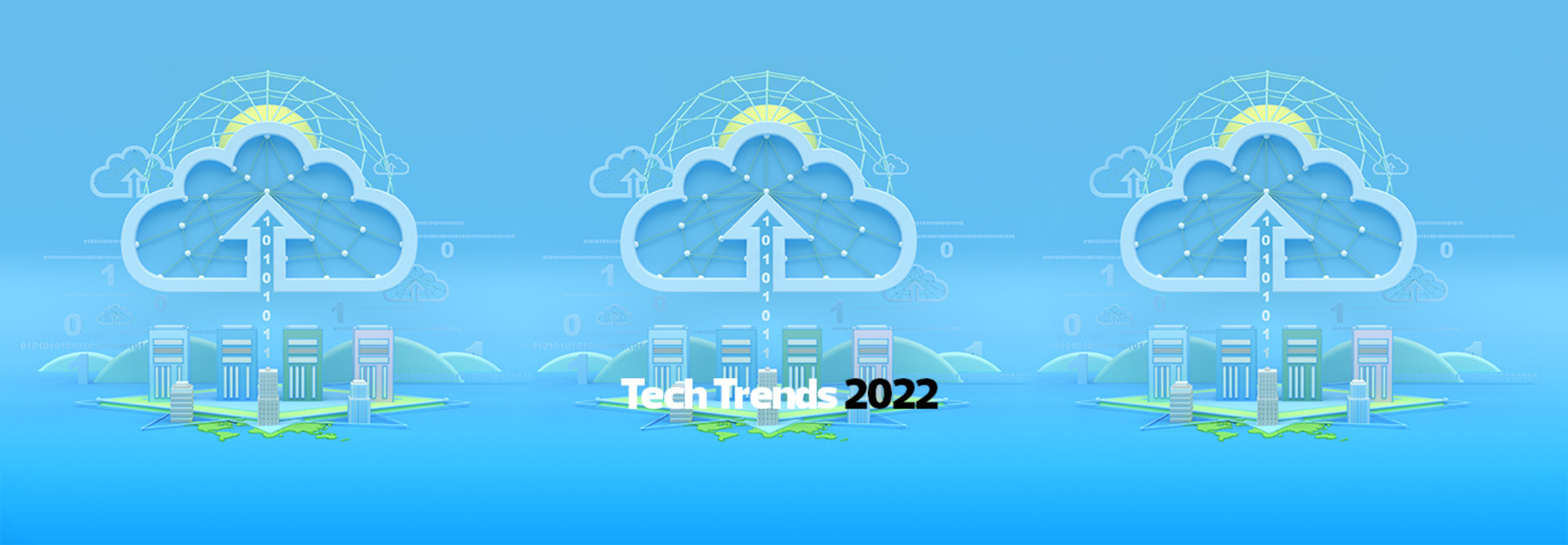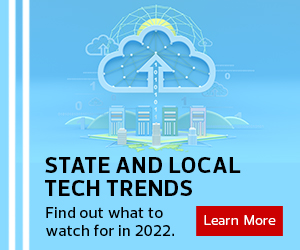In other words, local agencies “still find it better, budgetingwise, to expense things over a period of time, as opposed to paying yearly or monthly by usage,” Shark says. IT leaders and the elected officials they work with “feel they have better control of their costs if they keep things on-prem.”
Many state and local governments will likely move to adopt a hybrid IT approach, Shark says, keeping some applications on-premises and moving others to the cloud. Ultimately, the economics will drive the decision, he adds.
“There has to be a compelling business case to enter into a migration project. There must be commitment to participate on the part of the business,” Sweden says. “This kind of project cannot be successfully accomplished without strong partnering and commitment. It is critical to show the business the value proposition, the cost savings, the new capabilities for innovation and adaptability.”
Click here for complimentary resources from CDW on how to migrate to the cloud.
Cloud Migrations Will Continue Apace, but Agencies Must Retool
All of this is not to say there won’t be continued cloud migration among state and local agencies. There will, but it will likely be more measured and deliberate than in the private sector.
“The momentum to move into the cloud is there,” Shark says.
However, following the widespread shift of apps such as email and geographic information systems to the cloud, further migrations will be more piecemeal, especially for local governments, Shark says.
“The moment of truth comes when you start looking at end-of-life issues for your mainframes,” Shark says, and governments need to decide whether they will replace those systems, come up with something better or move to the cloud.
Many government agencies are deciding to shift their enterprise resource planning (ERP) systems to the cloud, Shark says. ERP systems are integrated solutions that manage a number of main business processes.
If an agency moves some core business operations, such as finance administration, to the cloud, that may spur other major applications or functions to be shifted as well, according to Shark.
RELATED: What are the challenges agencies face with hybrid cloud?
Another factor that will determine the pace of cloud migrations in 2022 is whether agencies equip employees with the appropriate skill sets to manage them.
“On one hand, we are losing the necessary mainframe skills, like COBOL skills, as we see people with those skills retire,” Sweden says. “But we are also seeing the advent of conversion capabilities to convert COBOL to Java. Then, to accomplish a migration from on-premises mainframe to a cloud services solution, we need specialized skills just to do the migration. This is more of a one-time endeavor.”
Agencies then need to ensure they have workers with specialized skills to manage and maintain the new cloud services portfolio. “Moving data from an on-premises mainframe to a cloud service requires a whole other set of skills,” Sweden adds.
Those include skill sets related to cloud architecture, DevOps and application development, which represents “a very different mix of skills from what a state required when it had its own mainframe on-premises with a host of applications written in COBOL or CICS.”
EXPLORE: Follow these tips for migrating government services to the cloud.













